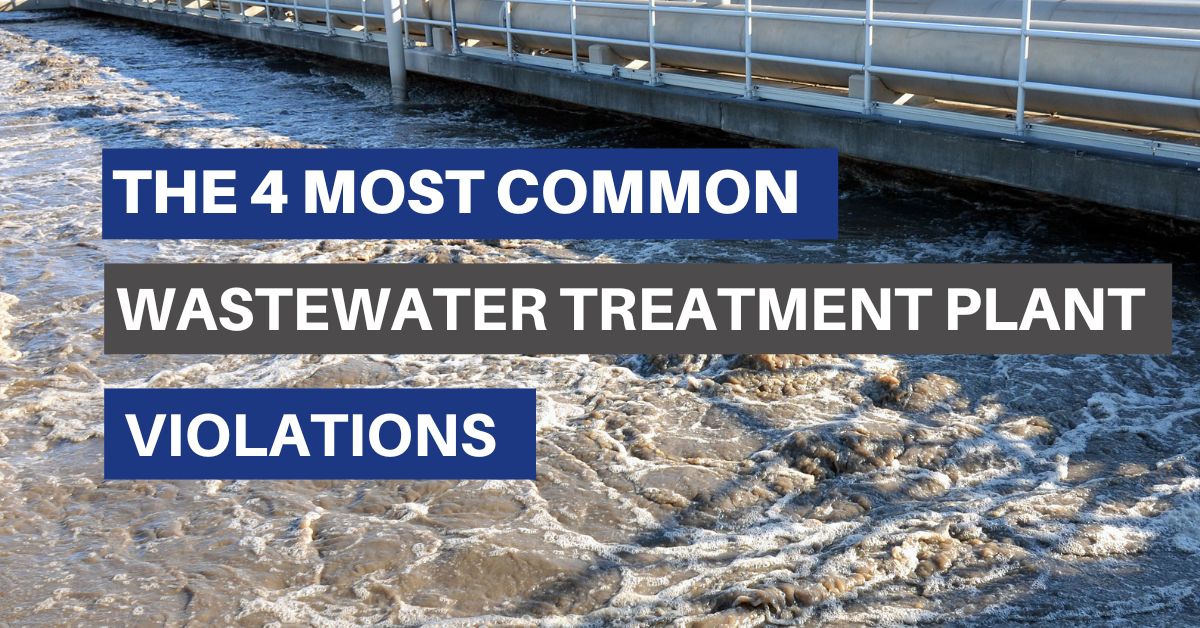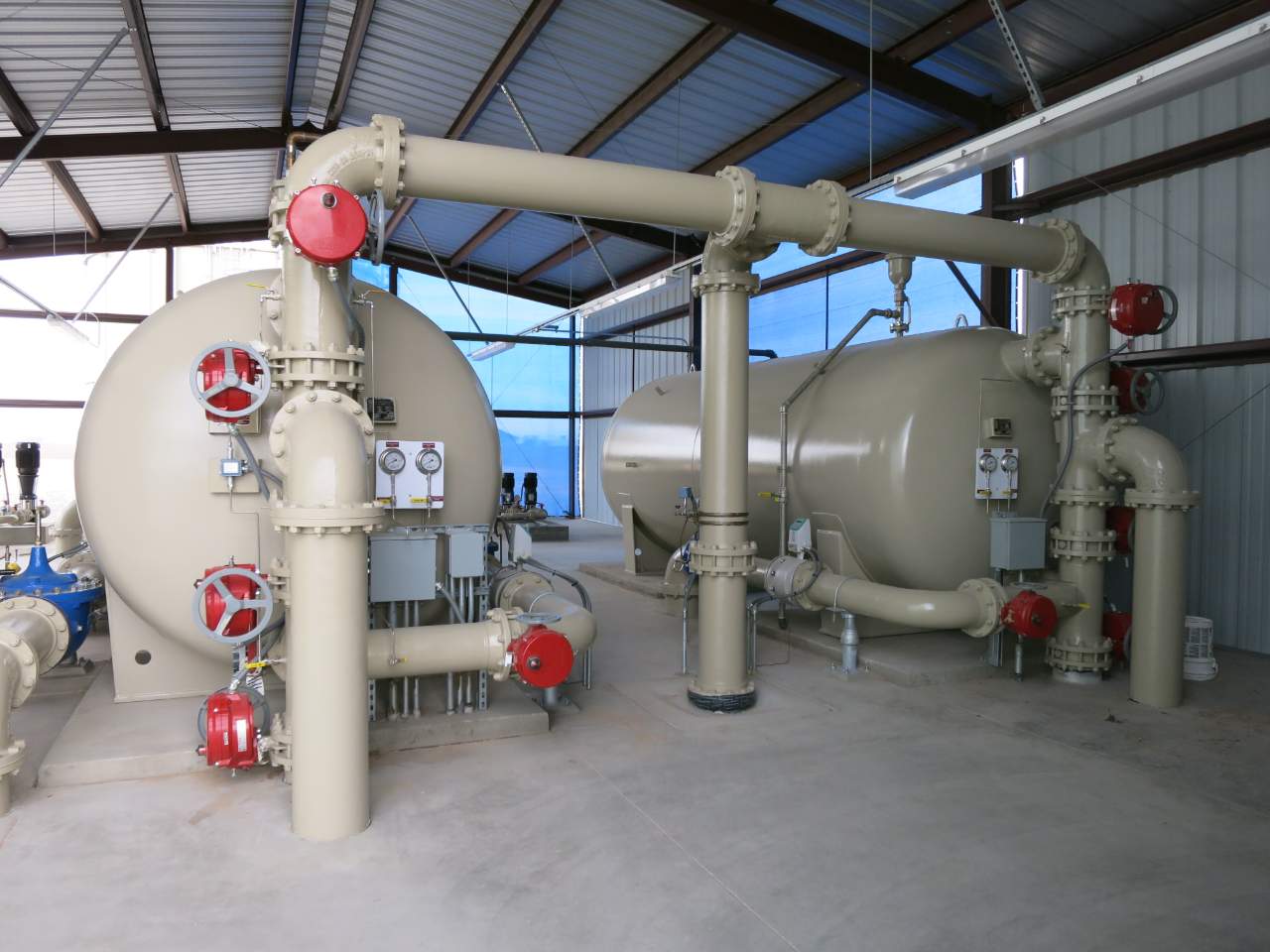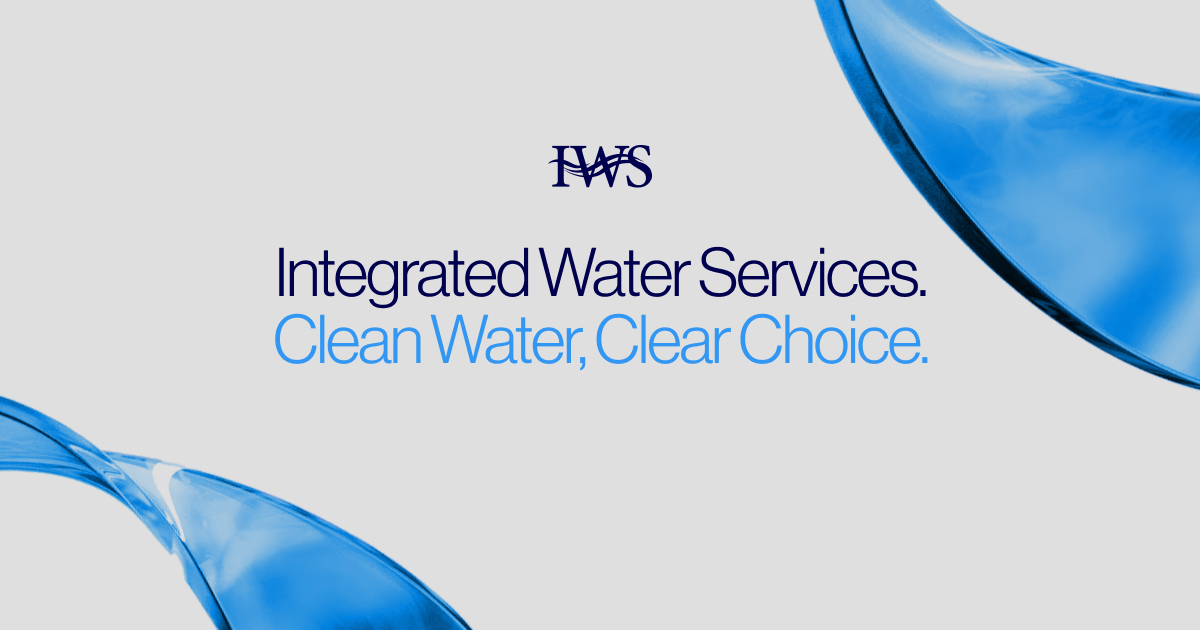The 4 Most Common Wastewater Treatment Plant Violations

Editor’s note: This blog was originally published March 21, 2023, and has been updated as of July 18, 2025.
Wastewater treatment plant violations can take many forms, from discharging untreated or improperly treated wastewater to exceeding pollutant limits or failing to properly monitor and report data correctly. These issues don’t just affect individual treatment plants; they impact the entirenetwork of wastewater treatment facilities, public works departments, and environmental agencies tasked with protecting ourwater quality.
When a wastewater treatment plant violates regulations, the consequences for the environment and public health are serious. We’re talking about contaminated water resources, harm to aquatic life, and long-term degradation of vital ecosystems. For facilities themselves, violations may result in hefty fines, legal action, and a damaged reputation.
The Crucial Role of Plant Operators
Plant operators are essential to ensuring that our communities have access to clean water. Whether they’re managinga municipal wastewater treatment system, sewage treatment plant, or smaller septic systems, these professionals tackle the daily challenges of treating domestic wastewater, industrial, and other types of wastewater.
Yet, even with diligent management, violations still occur, often due to aging infrastructure, under-maintained equipment, or inefficient wastewater treatment processes. Understanding the most common types of violations can help operators proactively mitigate risks and maintain compliance.
Here are the top four violations faced by U.S. wastewater treatment plants:
1. Exceeding Effluent Limitations
Effluent limitations are legally binding pollutant thresholds set by the Environmental Protection Agency (EPA) under the Clean Water Act. These standards are designed to protect environmental quality and reduce water pollution.
Exceeding these limits can lead to unsafe treated wastewater being released into nearby bodies of water, harming ecosystems and potentially impacting human health. Common issues include improper removal of organic matter, excess nutrients, or high levels of bacteria, sometimes stemming from combined sewer overflows.
2. Discharge of Unauthorized Substances
Sewage treatment plants are only permitted to discharge substances approved under their operating permits. The release of anything unauthorized, such as raw sewage from septic systems or certain industrial wastewater, can result in serious legal and financial penalties.
High-profile cases, like discharges from facilities such as the Patapsco Wastewater Treatment Plant, highlight the national concern over the unauthorized release of contaminants and underscore the critical importance of strict compliance.
3. Failure to Monitor Discharge
Alongside treatment operations, regular monitoring of discharge is required for all wastewater treatment facilities. Whether a large municipal wastewater system or a rural sewage treatment network, operators must consistently test and report the quality of treated water to ensure ongoing compliance with EPA and state regulations.
A lack of routine monitoring can result in the release of inadequately treated wastewater into the environment, potentially impacting agricultural wastewater treatment zones or contaminating reclaimed water systems.
4. Improper Reporting
All wastewater treatment plants must report discharge and performance data to regulatory agencies. These reports document critical processes like activated sludge function, aeration basin performance, sludge treatment outcomes, and results from sedimentation tank operations.
Failure to submit accurate and timely reports undermines regulatory oversight and may result in significant fines for the treatment plant involved.
Awareness of these common violations allows public utilities and wastewater treatment plant operators to take proactive steps to avoid them and maintain compliance. By doing so, they can demonstrate their commitment to the environment and the protection of public health.
Having difficulty meeting strict regulations for your wastewater treatment plant? Talk to an expert today!
Having difficulty meeting strict regulations for your wastewater treatment plant? Talk to an expert today!
Contact us at sales@integratedwaterservices.com or 833-758-3338
Want to learn more? Read some of our similar articles:
Sign up for the Integrated Water Services newsletter.
We share important perspectives and news on MBR wastewater treatment every two weeks.


